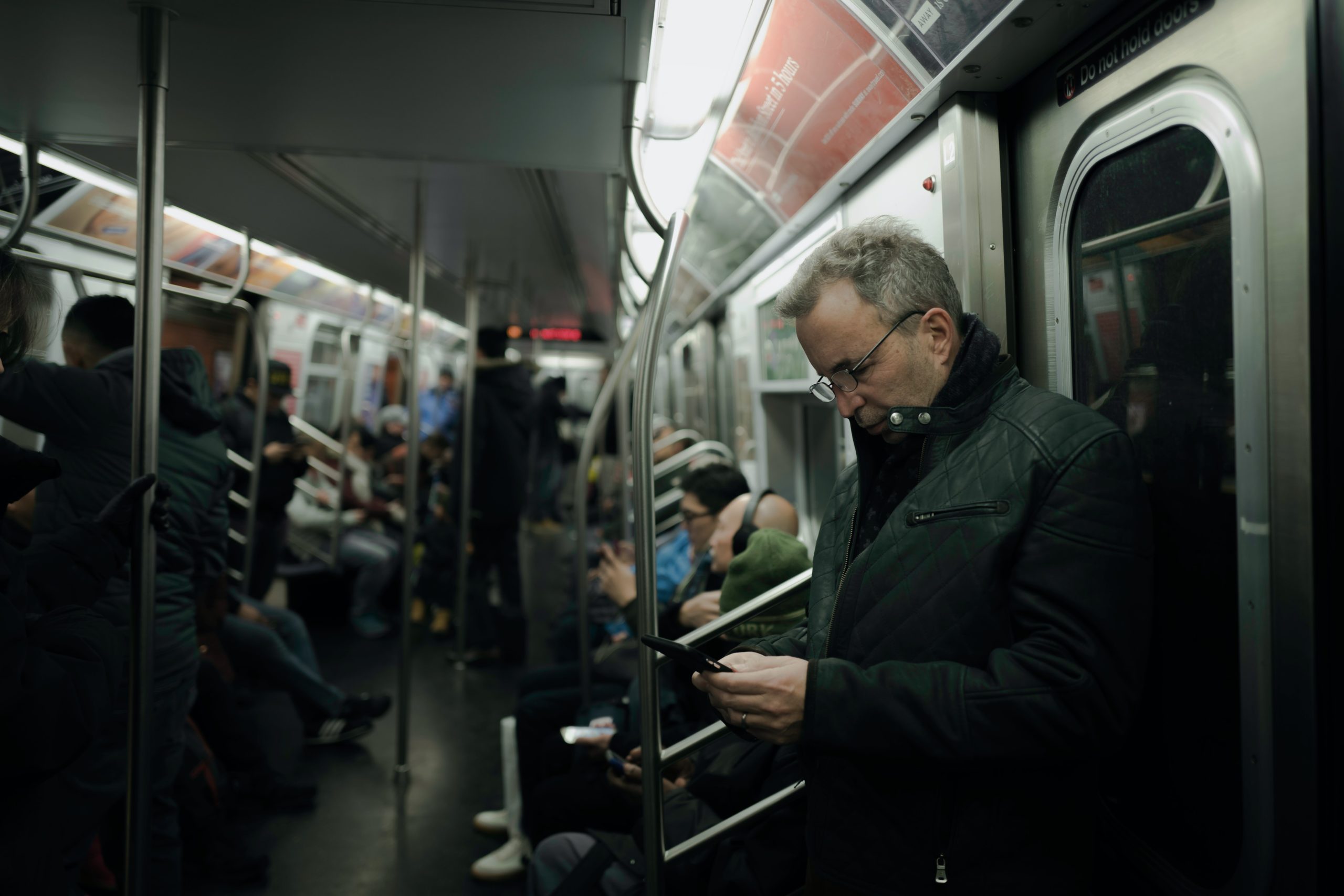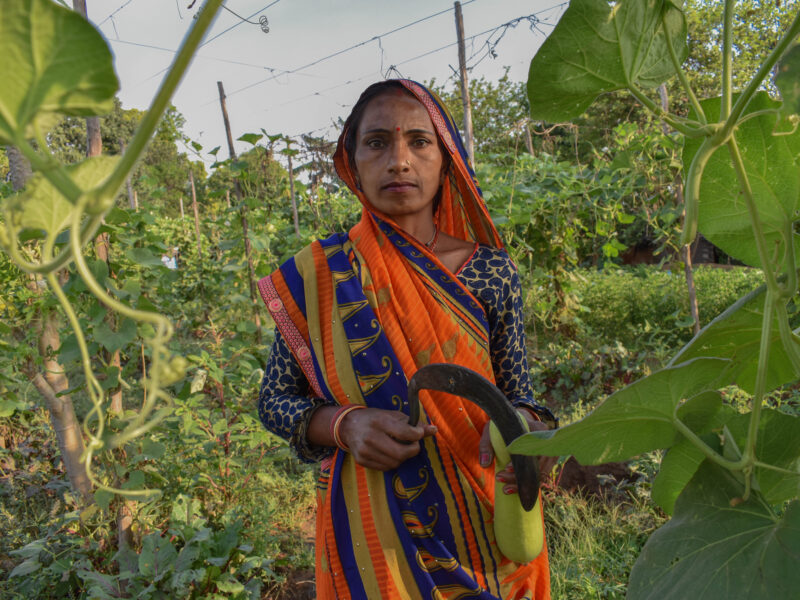Even with ridership down by 90 percent and fare collection suspended, public transportation is considered an essential service.
In recent weeks, the coronavirus pandemic has forced transit systems worldwide to suspend fare collection to keep workers and riders safe. These changes were implemented to protect the public in a crisis, but the idea that urban areas should provide at least some free public transit is not new—roughly 200 cities around the world already do. Most of those cities are in Europe, but even in the United States, cities as disparate as Baltimore, Boston, Denver, Miami, Oakland, Olympia, and Pittsburgh have made some public transit fare-free for some or all riders.
According to An Van hamme, a spokeswoman for the Brussels Intercommunal Transport Company (STIB), public transit ridership in Brussels, Belgium, has fallen to about 15 percent of its normal level. “Price setting…is the prerogative of the Brussels government,” Van hamme responded to questions in an email. “There haven’t been any changes in the price setting since the coronavirus crisis began.” STIB has, however, taken steps to protect staff and riders, including banning payment aboard vehicles and implementing a “protection zone” around drivers, prohibiting the use of cash in STIB ticket sales, and taking extra measures to clean every tram, bus, metro, and terminal.
Verena Löw and Elke Krokowski, two spokeswomen for the transport association that serves Germany’s Berlin/Brandenburg metropolitan region (VBB), said in an email that they estimate a very sharp decline in the use of public transit since the onset of the coronavirus crisis, “between 50% and 90% depending on the line and mode of transport.” Despite this drop in ridership, they wrote, “public transit is rightly considered to be systemically relevant” and the region’s transit operators are committed to keeping it “up and running for those who need it.”
The front parts of buses in Berlin and Brandenburg are now closed to passengers to protect workers, and direct contact between riders and workers is strongly discouraged. All doors open automatically. Passengers must still buy a ticket before boarding a train, but they can no longer purchase tickets directly from transit staff (they are encouraged to use vending machines or apps instead). According to Löw and Krokowski, public transit is running “as much and often as possible in order to be able to offer lots of space for the passengers who do use it.”
Compare these measures to the situation in New York City, where ridership has declined by 87 percent on subways and more than 70 percent on buses. The Metropolitan Transportation Authority (MTA) announced that it would reduce subway service by at least 25 percent. At least 59 MTA employees have died, over 6,000 have fallen ill or self-quarantined, and nearly 1,900 of the agency’s 72,000 workers have tested positive for the coronavirus, including the agency’s chairman, Patrick J. Foye.
Foye recently told The New York Times that the MTA has provided workers with 460,000 masks, “thousands” of face shields, and 2.5 million pairs of gloves; that they disinfect train cars and buses every three days; and have eliminated cash transactions between booth clerks and riders. According to workers, the agency did not implement many aspects of its own pandemic response plan, which was adopted in 2012, until nearly a month after the virus hit New York.
Ridership has declined throughout the city, but it has dropped by significantly less in areas like the Bronx, where most residents are black and Latino. Many hold jobs in health care, social services, retail, or food service, and few have the option of working from home. As The New York Times recently reported, many “say they have no choice but to pile onto trains with strangers, potentially exposing themselves to the virus” and the MTA’s service reductions have led to crowded conditions, “making it impossible to maintain the social distancing that public health experts recommend.”
The coronavirus crisis is proving that governments can always find alternative ways of funding essential services when they must. I asked the VBB spokeswomen how the agency plans to compensate for the sharp decline in revenue and how it has been able to continue offering high-quality service at a time when so few riders are paying to use it.
“That’s indeed the challenge many sectors are facing right now,” Löw replied via email. “In general, the financing of public transit is quite complex in Germany. Local public transit is financed roughly 50:50 through passenger fares and state subsidies.” The German government, she added, “has set up funds for companies facing financial difficulties due to the current crisis,” and the VBB is working with transport operators and the federal states of Berlin and Brandenburg on various financing schemes as well.
In the U.S., Congress recently passed a $2 trillion coronavirus stimulus bill which included $25 billion in federal funding for public transportation systems. The money is intended to fund daily operations, make up for lost revenue, and sustain transit workers’ jobs. Similarly, in Canada, transit experts concerned that a steep decline in ridership could cost the country’s transit authorities millions of dollars are calling on Ottawa for federal support.
Fare collection is itself a waste of time and money. It’s expensive to purchase and install state-of-the-art ticket machines. It’s expensive to pay and ensure the safety of workers tasked with collecting individual fares. Most frustrating of all to the average city dweller, it causes delays
Criminalizing fare evasion and enforcing laws against it contributes to growing inequality. In 2015, the New York City Police Department arrested more New Yorkers for fare evasion than for any other offense. Of the 29,000 people arrested for fare evasion, 94 percent were people of color. From October 2017 to June 2019, black and Hispanic people—who account for slightly more than half of New York City’s population—made up nearly 73 percent of those ticketed for fare evasion and more than 90 percent of those who were arrested, rather than issued a ticket.
Peter Harrison, who is challenging long-time incumbent Rep. Carolyn Maloney in New York’s 12th congressional district, has put forth the “Freedom of Movement in America Plan,” which would require the federal government to invest $1.7 trillion in public transportation over the next decade and provide $17 billion in federal funding to cover fare revenue and make transit fare-free throughout the country. He recently told City Limits that his plan’s name was the result of his desire to start a conversation about what “freedom” means.
“I don’t think you’re free if you can’t walk down the stairs to get on the subway to go to a doctor’s appointment,” he said. “I don’t think you’re free if you’re one flat tire or missed car payment from losing your car, triggering losing your job and losing your house, and that’s the reality for a lot of people in New York City and for a lot of people in America.”
If fare-free transit is the goal—for the safety of riders and workers alike, for a freer and fairer society, for more efficient mass transit—where do we find the funding? Harrison and other proponents of free transit believe the money is already there.
“We spent $6 trillion on 20 years of endless wars…and we have spent a trillion dollars annually on deficits for taxes,” he told Town & Village in February. “Republicans have shown that we have enough resources in the federal government to pay for the types of infrastructure investments that we want. Putting money into our sustainable transportation system will unleash an immense amount of economic growth.”
“During a pandemic,” Harrison told me in a recent phone interview, “the least we can do is make subways and buses free and reduce touchpoints to make [mass transit] safer for the people operating and using it.” But in order to achieve fare-free transit throughout the United States, he acknowledged, we need to have a “deeper conversation” about restructuring our entire society. Our freedom of movement depends on it.



